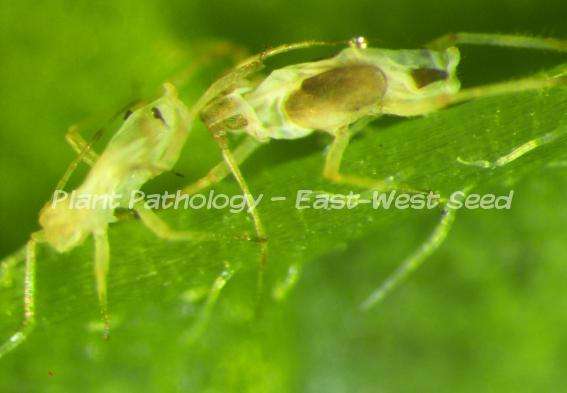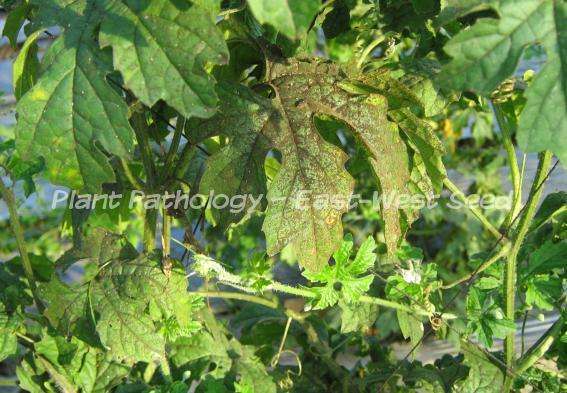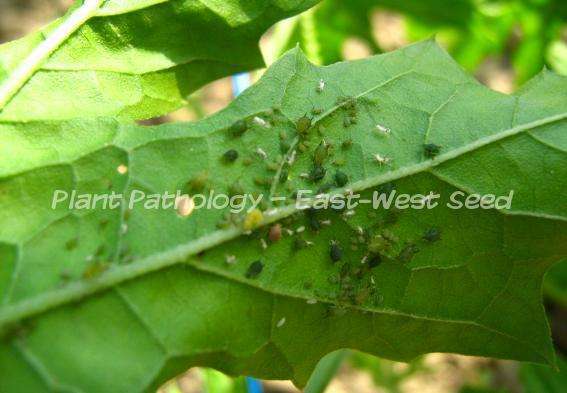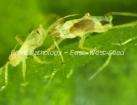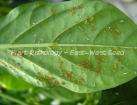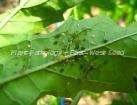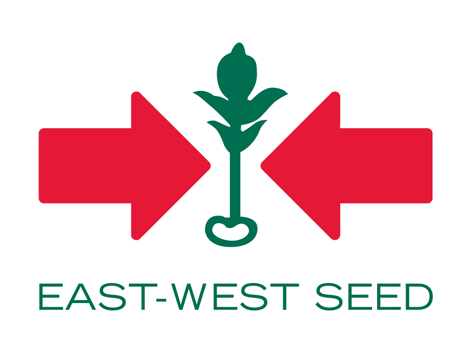| Common Species: | |
 |
Aphis gossypii - cotton aphids |
 |
Myzus persicae - green peach aphids |
 |
Aphis fabae - bean aphid |
| Common Name: | |
 |
plant lice |
 |
greenflies |
 |
blackflies |
| Damaging Stage: | |
 |
Adults and nymphs
|
| Crops Afected: | |
 |
Cucurbits, solanaceous, legumes, papaya, cotton
|
| Characteristics Damage: | |
 |
Initial damage due to feeding appears as light dots on the leaves.
|
 |
High aphid population causes downward curling of leaves, stunted plant growth and wilting. |
 |
Aphids produce honeydew, a sticky exudate that serves as substrate for the growth of sooty mold. It also interferes with the leaves’ photosynthesis and transpiration. |
 |
They are known vectors of different groups of viruses including Potyvirus (PRSV, ZYMV, ChiVMV), Luteovirus (CAYV/NMK) and Cucumovirus (CMV). |
| Control and Management: | |
 |
Monitor the area regularly.
|
 |
Remove weeds and volunteer plants that may serve as alternate hosts for the aphids. |
 |
Regulate use of nitrogen fertilizer, excessive nitrogen fertilization favors aphid reproduction. |
 |
Use yellow sticky traps to minimize aphid population. |
 |
Use plastic mulch to repel the aphids. |
 |
Use botanical extracts like neem, kakawate and hot pepper and canola oil. |
 |
Apply imidacloprid (e.g. Confidor®), methomyl (e.g. Lannate®), acephate (e.g. Acetam®) and thiamethoxam (e.g. Actara®) when necessary. |
| References: | |
|
http://www.ipm.ucdavis.edu/PMG/PESTNOTES/pn7404.html https://en.wikipedia.org/wiki/Aphid Ebert TA, Cartwright B, 1997. Biology and ecology of Aphis gossypii Glover (Homoptera: Aphididae). Southwestern Entomologist, 22(1):116-153. |
|



